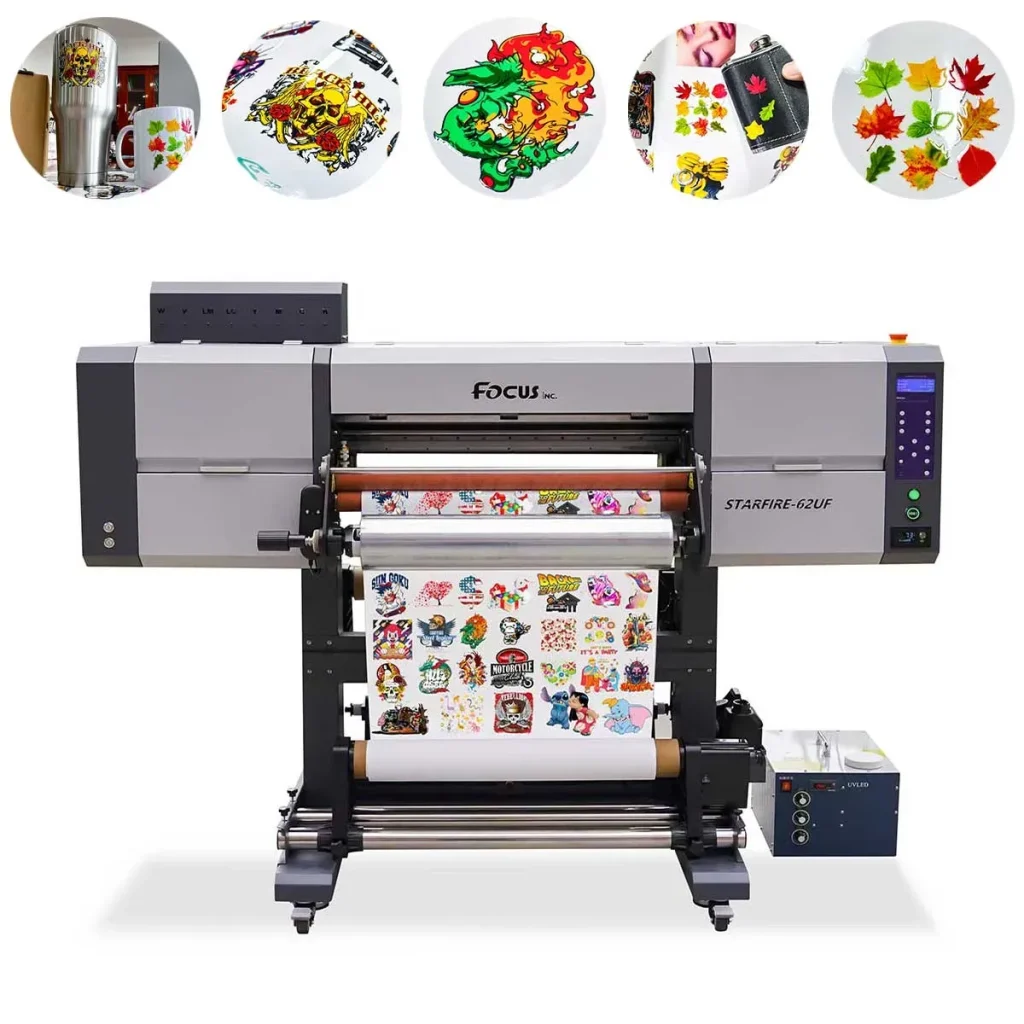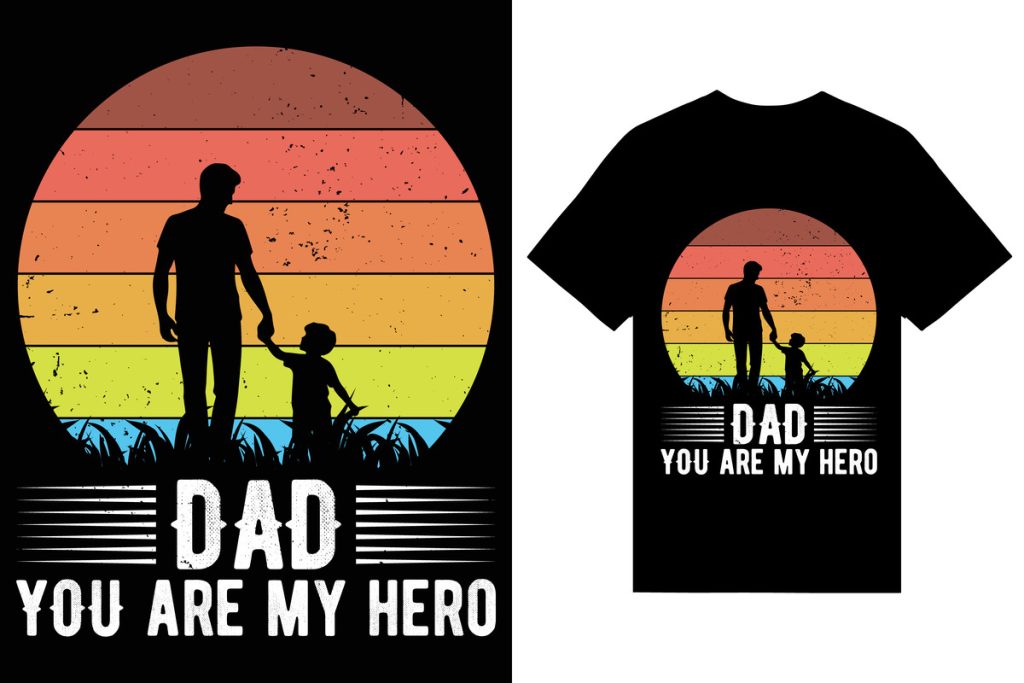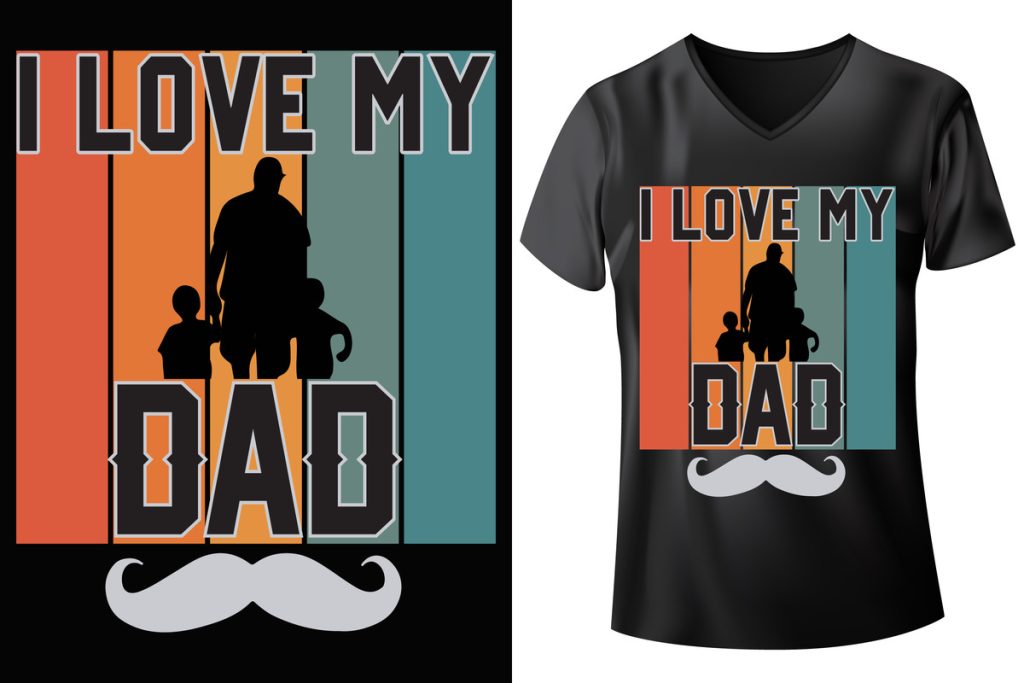UV DTF Gangheet printing represents a remarkable breakthrough in printing technology, offering an innovative alternative to traditional print methods. By leveraging the power of ultraviolet light, this technique ensures vibrant colors and exceptional print quality, making it a favored choice for businesses aiming to enhance their branding. Unlike conventional printing, UV DTF printing also emphasizes eco-friendly practices, reducing waste and promoting sustainability without compromising on aesthetics. Its versatility allows for printing on various materials, broadening creative possibilities beyond the limitations of traditional techniques. As industries increasingly lean toward advanced, sustainable solutions, the benefits of DTF printing are becoming more apparent, making it a valuable tool for modern graphic design and production.
Exploring the realm of modern printing, one cannot overlook the efficiency of Direct-to-Film (DTF) technologies like Gangheet printing. This contemporary method stands in stark contrast to established techniques such as dye-sublimation and screen printing, which can often be cumbersome and less adaptable. DTF printing enhances both the speed and quality of production, allowing for intricate designs that adhere seamlessly to a myriad of substrates. Furthermore, with its commitment to eco-friendly printing practices, DTF applies a greener approach to manufacturing, aligning with today’s environmental goals. As businesses seek out innovations that marry quality with sustainability, methods like UV DTF Gangheet printing emerge as frontrunners in the evolution of print technology.
Exploring the Basics of DTF Printing
Direct-to-Film (DTF) printing is revolutionizing the printing landscape, offering an innovative approach that differs significantly from traditional print methods. This technique utilizes a specially coated film where designs are first printed, and then the film is heat-transferred onto the target material. The result is a strikingly vibrant image that adheres effortlessly, making it ideal for various surfaces, including textiles and ceramics. Unlike traditional methods, which often rely on limited color palettes and require extensive color mixing, DTF simplifies the process, facilitating high-resolution prints that define modern print quality.
Furthermore, DTF printing’s significant advantage lies in its ability to handle intricate designs without sacrificing detail. This method is particularly beneficial for custom apparel production, where unique designs are sought after. The heat transfer aspect allows for a more straightforward application that reduces production times compared to labor-intensive traditional techniques like screen printing. As such, businesses looking for efficiency and quality turn to DTF, exemplifying a shift toward advanced printing technology that meets today’s demands.
The Unique Benefits of UV DTF Gangheet Printing
UV DTF Gangheet printing encompasses all the advantages of traditional DTF while introducing ultraviolet curing to enhance print durability and vibrancy. This innovation allows inks to cure instantly upon exposure to UV light, resulting in sharper details and a glossy finish that captures the eye. For designers, this means that the colors pop like never before, enabling them to create captivating designs that stand out in any market. This method is not just about aesthetics; the durability of UV-cured prints ensures long-lasting designs that resist fading and wear, making them perfect for high-use items.
In addition to exceptional print quality, UV DTF Gangheet printing promotes an eco-friendly approach to production. Traditional print methods often waste materials through mismatched colors and setups, but DTF technology minimizes waste by allowing for direct application without the need for excessive cleanup or multiple layers. With the ongoing push toward sustainability, choosing UV DTF not only aligns with eco-conscious practices but also streamlines the printing process, paving the way for a new era in environmentally friendly printing.
Sustainability in Modern Printing Methods
As environmental concerns grow, the printing industry faces pressure to adopt more sustainable practices. Traditional methods like dye-sublimation and screen printing often involve processes that contribute to pollution and waste. In contrast, DTF printing technology stands as a beacon of sustainability, significantly reducing the environmental footprint associated with production. The process intentionally cuts down on toxic waste, driven by a commitment to eco-friendly materials and efficient use of resources.
Moreover, DTF printing facilitates a reduction in water usage compared to traditional methods, which often require extensive rinsing and cleanup. This not only lowers the water consumption rate but also minimizes energy costs linked to the cleaning machinery and operations in traditional print setups. Businesses embracing DTF demonstrate their commitment to sustainability while adapting to the growing consumer demand for eco-friendly products.
Cost-Effectiveness of UV DTF Printing
In an industry where high-quality printing technology has often meant high costs, UV DTF printing offers a refreshing solution. With the emergence of affordable UV printers like the eufyMake UV Printer E1, this advanced printing technology becomes accessible to smaller businesses and even individual creators. The significant reduction in cost does not sacrifice quality; instead, it democratizes access to high-resolution printing, allowing more players in the market to innovate.
This cost-effectiveness is vital as it enables businesses to increase their profit margins while providing competitive pricing on custom products. The efficiency of UV DTF printing reduces labor costs and time spent on reruns and corrections often seen in traditional print methods. This advantage positions UV DTF as not just a technical shift but a transformative economic one, ensuring businesses can keep pace in a competitive landscape.
Comparing Material Versatility: UV DTF vs. Traditional Methods
A clear distinction between UV DTF Gangheet printing and traditional print methods is material versatility. Traditional techniques like screen printing are often limited to specific fabrics or require different setups for varying substrates. In contrast, UV DTF allows for printing on an extensive range of materials including textiles, wood, metal, and glass. This broad spectrum of compatibility opens up opportunities for creators to experiment with designs across various products and industries.
The adaptability of UV DTF printing is a significant advantage in today’s market, as consumers seek personalized designs on a variety of products. Whether it’s custom gifts, promotional materials, or bespoke clothing, the ability to print on different substrates reduces the need for multiple printing machines and setups, allowing businesses to streamline their operations and cater to diverse client requests.
The Future of Printing: Embracing New Technologies
As industries evolve, the future of printing increasingly leans towards embracing innovative technologies such as UV DTF Gangheet printing. These advancements not only promise enhanced print quality but also appeal to the modern consumer’s desire for unique and eco-conscious products. As manufacturers and brands begin to recognize the potential impacts on market share and brand reputation, the adoption of these technologies becomes essential in positioning themselves competitively within a transforming landscape.
The shift towards newer printing technologies signifies a critical embrace of efficiency, sustainability, and creativity. This transition is not just about replacing traditional methods but involves reimagining the possibilities of design and cross-industry application. As more businesses adopt UV DTF printing and similar technologies, the overall printing landscape will continue to evolve, paving the way for further innovations that meet the dynamic demands of today’s marketplace.
Frequently Asked Questions
What advantages does UV DTF Gangheet printing offer over traditional print methods?
UV DTF Gangheet printing offers numerous advantages over traditional print methods, including enhanced print quality, immediate drying times thanks to UV curing technology, and the ability to print on a wide variety of surfaces such as textiles, wood, glass, and ceramics. Additionally, it is an eco-friendly printing option that reduces waste and eliminates cumbersome cleanup processes typical of traditional techniques.
How does UV DTF Gangheet printing contribute to sustainable and eco-friendly practices?
UV DTF Gangheet printing contributes to sustainability by minimizing waste during production and reducing the ecological footprint compared to traditional print methods. The process eliminates excessive materials and harmful fumes prevalent in other techniques, making it a preferred choice for brands aiming for eco-conscious manufacturing.
What types of materials can be used with UV DTF Gangheet printing?
UV DTF Gangheet printing is known for its versatility; it can effectively print on various materials beyond textiles, including wood, glass, ceramics, and even certain plastics. This broad compatibility sets it apart from many traditional print methods that often have material restrictions.
How does the print quality of UV DTF Gangheet printing compare to traditional printing technologies?
The print quality of UV DTF Gangheet printing surpasses many traditional printing technologies, as the UV curing process results in vibrant, durable prints that are resistant to fading and wear. This technology provides sharp details and vibrant colors that often outperform the outputs of traditional techniques like screen printing and dye-sublimation.
What are the cost implications of using UV DTF Gangheet printing compared to traditional print methods?
UV DTF Gangheet printing generally offers a more cost-effective solution than many traditional printing methods. With advancements in technology, affordable UV printers, like the eufyMake UV Printer E1, allow smaller businesses and home users to access high-quality prints without the hefty investment typically required by traditional commercial printers.
What are the key benefits of DTF printing that make it a modern choice for businesses?
The key benefits of DTF printing, particularly UV DTF Gangheet printing, include its eco-friendly nature, high print quality, versatility across various materials, and cost-effectiveness. These advantages make it an attractive option for businesses looking to enhance production capabilities while maintaining a commitment to sustainability.
| Feature | UV DTF Gangheet Printing | Traditional Print Methods |
|---|---|---|
| Definition | A modern technique using transfer film and UV curing for high-quality prints. | Traditional methods like screen printing and dye-sublimation that require extensive setup. |
| Material Compatibility | Can print on multiple materials including textiles, wood, glass, and ceramics. | Limited to specific materials (e.g., water-resistant fabrics for dye-sublimation). |
| Sustainability | Environmentally-friendly with low waste and minimal cleanup. | Often involves more waste and extensive cleanup processes. |
| Cost | Affordable options available for home and small businesses. | Typically higher initial investment required for commercial-grade printers. |
| Print Quality | High durability and resistance to fading; suitable for tough use. | Quality can vary significantly; often less durable than UV-printed designs. |
Summary
UV DTF Gangheet printing marks a significant advancement in printing technology, offering a modern solution that outmatches traditional print methods in numerous ways. This innovative technique utilizes a transfer film and UV curing, resulting in vibrant designs that adhere efficiently to a variety of surfaces, including fabrics and ceramics. Unlike traditional methods, which often involve cumbersome setup and higher waste production, UV DTF printing is not only more sustainable but also more versatile and cost-effective. The superior print quality and durability of UV DTF prints make them an excellent choice for businesses looking to enhance their product offerings and stay competitive in an evolving market. As a result, UV DTF Gangheet printing is becoming the preferred choice for eco-conscious brands and designers seeking high-quality outputs in their projects.



